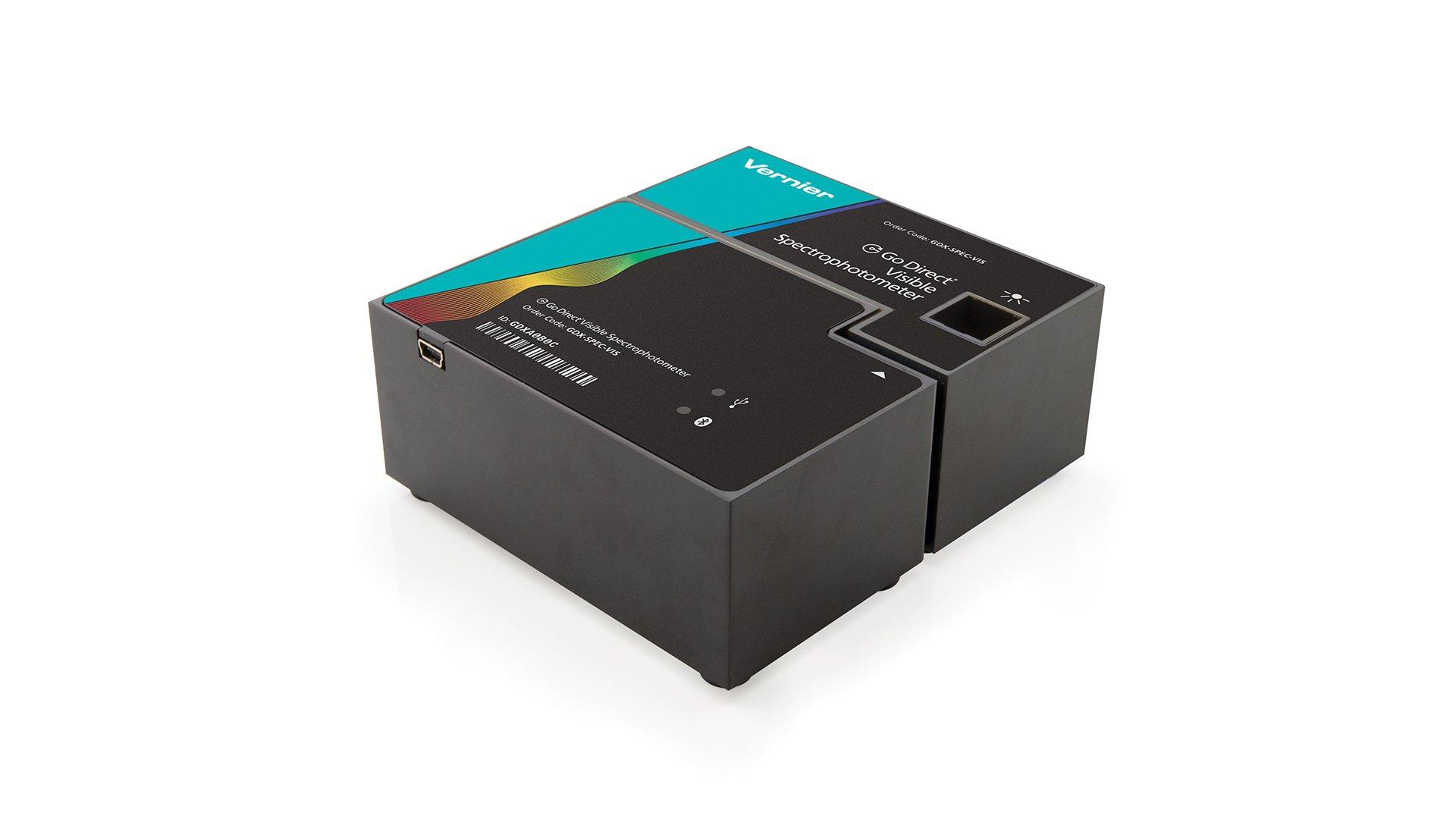
Introduction
This investigation is designed to introduce you to the study of macromolecules. Proteins, DNA, RNA, and polysaccharides such as starch, glycogen, and cellulose are all macromolecules. Macromolecules are formed by connecting many smaller molecules together. The individual components of a macromolecule are referred to as monomers. Proteins are composed of monomers called amino acids. All amino acids have a carboxyl group, an amino group, and a central or alpha carbon. A side chain, often referred to as an R group, is bonded to the central carbon of each amino acid. Amino acids form polymers when the carboxyl group and amino group of two amino acids form a peptide bond, as shown in Figure 1. Water and a dipeptide are formed in the reaction. More amino acids can be added to the carboxyl group of this dipeptide until a polypeptide is formed.
There are 20 different amino acids that are found in proteins, and each one has a different R-group. These side chains are very important because they impart each amino acid with different characteristics. Amino acids can be characterized as polar, nonpolar, or charged. Charged amino acids are further characterized as acid or basic. Uncharged amino acids can be considered neutral. Aspartic acid is acidic, lysine is basic, and alanine is neutral. The sequence of amino acids that makes up a polypeptide is referred to as the primary structure of the protein. The primary structure determines how the protein will fold, which will determine its function. The shapes within a polypeptide are referred to as the secondary structure. The three dimensional structure of an entire polypeptide is referred to as its tertiary structure.
Objectives
In the Preliminary Activity, you will use a spectrophotometer and the Bradford protein assay to determine the protein content of milk. The Bradford protein assay is an extremely sensitive assay for protein. The Bradford reagent contains a dye called Coomassie G-250 that can interact with the R‑group of specific amino acids. The dominant protein in milk is called casein, which is composed of 224 amino acids. Thirteen of these amino acids react with the dye in the Bradford reagent. These amino acids include one tryptophan, four arginines, four tyrosines, and four histidines.
When the dye in the Bradford reagent interacts with these specific amino acids it turns the solution blue. The greater the concentration of protein in solution the deeper the color will be. If a set of known protein concentrations are allowed to react with a known concentration of Bradford reagent, we can measure the absorbance of the resulting solutions to create a standard curve. When a graph of absorbance vs. concentration is plotted for the standard solutions, a direct relationship should result. The direct relationship between absorbance and concentration for a solution is known as Beer’s law. To determine the protein concentration of an unknown solution, we can measure its absorbance and see where it falls on the standard curve. Because the relationship is linear, we could also calculate the protein concentration using the formula for the standard curve.
After completing the Preliminary Activity, you will first use reference sources to find out more about protein before you choose and investigate a researchable question. Some topics to consider in your reference search are:
- macromolecule
- protein
- monomer
- polymer
- amino acid
- alpha carbon
- carboxyl group
- primary structure
- amino group
- R group
- peptide bond
- polypeptide
- Bradford protein assay
- Beer’s law
Sensors and Equipment
This experiment features the following sensors and equipment. Additional equipment may be required.
Correlations
Teaching to an educational standard? This experiment supports the standards below.
- International Baccalaureate (IB)/Sports, Exercise, and Health Science
- 3.1 Nutrition
- International Baccalaureate (IB) 2025/Biology
- B1.2.1—Generalized structure of an amino acid
- B1.2.2—Condensation reactions forming dipeptides and longer chains of amino acids
- B1.2.6—Chemical diversity in the R-groups of amino acids as a basis for the immense diversity in protein form and function
- B1.2.7—Impact of primary structure on the conformation of proteins
- B1.2.8—Pleating and coiling of secondary structure of proteins
Ready to Experiment?
Ask an Expert
Get answers to your questions about how to teach this experiment with our support team.
- Call toll-free: 888-837-6437
- Chat with Us
- Email support@vernier.com
Purchase the Lab Book
This experiment is #5 of Investigating Biology through Inquiry. The experiment in the book includes student instructions as well as instructor information for set up, helpful hints, and sample graphs and data.



